While Microsoft has stopped giving any clear way to stop downloading or installations of updates in Windows 10, hence the biggest issue arrived out of this, how do we stop unwanted updates, which are actually not required or there are some updates which may cause some kind of unwanted trouble. What Window 10 does, it automatically check for updates and install it. There is little control over what you can select, what not. However there are some hidden options, using those you can schedule or even stop automatic updates. Speaking of users having Professional, Enterprise and Education edition of Windows 10, they have access to make changes in group policy and registry settings for stopping automatic updates, Users with Windows 10 home editions can also stop automatic downloading of windows updates.
How to Stop Automatic Updates of Windows 10
Solution 1
- Set your network aka internet connection to ‘metered‘.
Why doing so, because Windows 10 is configured not to download any update automatically on certain types of connections like ‘metered‘ or ‘cellular data connections‘. So, if you set your internet or network connection to ‘metered’ even if you’re using WiFi, any download of update won’t happen in background.
You can set your home and office connection both as ‘metered’ connection. Only downside of this solution is, whenever if outside you connect to any new network and you forgot to mark it as ‘metered‘, windows shall download all awaited updates automatically in background. And in some situations, it can bring unwanted situation to users, especially for those who access internet using hotspot. But yes, you can sometime mark your connection to ‘unmetered’, so that windows may could download updates at background and when it’s done, you can set the connection back to ‘metered’.
To set a connection as ‘metered’, do following steps:
- From start-menu, open settings.
- Choose ‘Network and Internet‘
- Scroll down below Wi-Fi networks list and click ‘Advanced options‘
- Select your current connection or the connection you wanted as metered. Just enable “Set as metered connection‘ for that connection. This setting would be applicable for that connection only and is not global as Windows remembers different settings of network as per user requirements.
When you mark a connection as metered and open ‘Windows Updates’, it’ll show you in details below “Check for Updates” button that “Updates are available. We’ll download the updates as soon as you connect to Wi-Fi, or you can download the updates using your data connection (charges may apply.) Your mobile operator ma also require Wi-Fi for some updates.”. This way we have tricked Windows to consider current internet connection as a mobile data connection. Now, you can download updates, they time you wanted. Also, this solution don’t have any choice to choose what to download, what not in Windows update, hence, let’s move to Solution 2.
Solution 2
Download this tool Show or hide updates troubleshooter package KB3073930.
Upon launching this troubleshooter package KB3073930, it’ll give options to hide or unhide problematic updates you don’t want Windows update to install on your PC.
This tool shall help or save you from unwanted situations where Windows 10 install an update repeatedly even when you’re uninstalling it manually.
Also on Trouble Fixers
Solution 3
Another basic solution for stopping automatic download of updates is by deferring updates. Please note, this solution is applicable only for Windows 10 Pro (Professional) users.
- Open Start menu and click “Settings“.
- When settings open, click “Update & Security“.
- In Windows update tab, click ‘Advanced options‘.
- Click check “Defer upgrades“.
That’s it. You’re done.
Solution 4
This solution is again applicable for users having Windows 10 Pro, Enterprise and Education editions. This solution includes usage of Group Policy editor and you need to have administrator access in your login. Here are the steps for this solution:
- When on desktop, press windows key + R.
- When “Run” dialog box opens, type following command into it and press enter:
|
1 |
gpedit.msc |
- Now, navigate to following path in ‘Local Group Policy Editor‘:
|
1 |
Computer Configuration\Administrative Templates\Windows Components\Windows Updates |
- Find ‘Configure Automatic Updates‘ setting in the right pane and open it by double-clicking on it. A dialogue would open having settings to configure automatic updates.
- By default, you’ll find it on ‘Not Configured‘.
- Choosing Enabled, shall give users similar options, what they had in Windows 7 or 8.
- If you choose ‘Disabled‘, then any updates that are available on Windows Update must be downloaded and installed manually.
- My recommendation is to choose “Notify for download and notify for install‘. Now, when Windows finds updates that apply to this computer, users will be notified that updates are ready to be downloaded. After going to Windows Update, users can download and install any available updates.

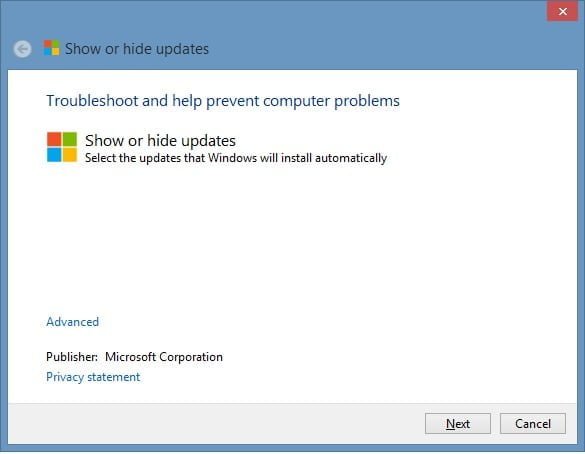
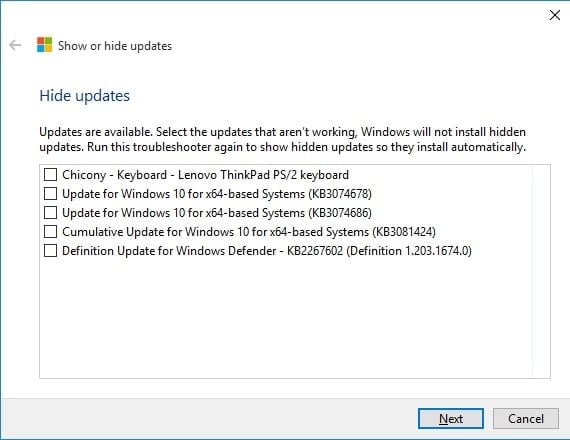
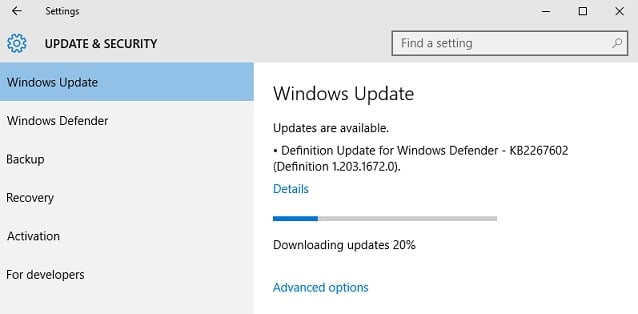
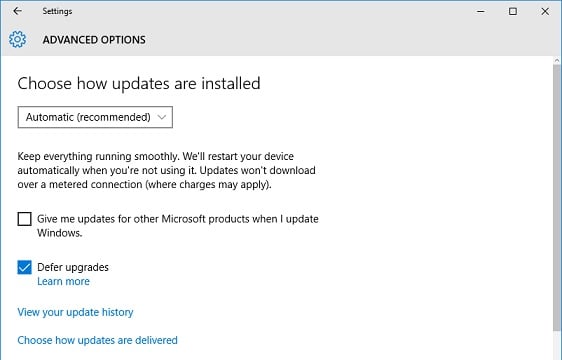
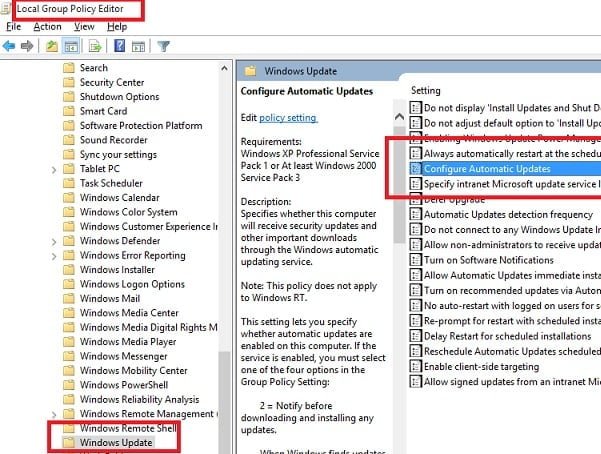
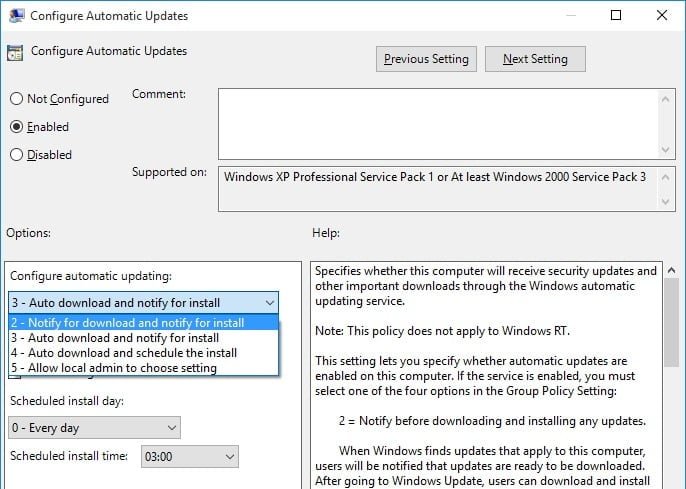
RELATED ARTICLES